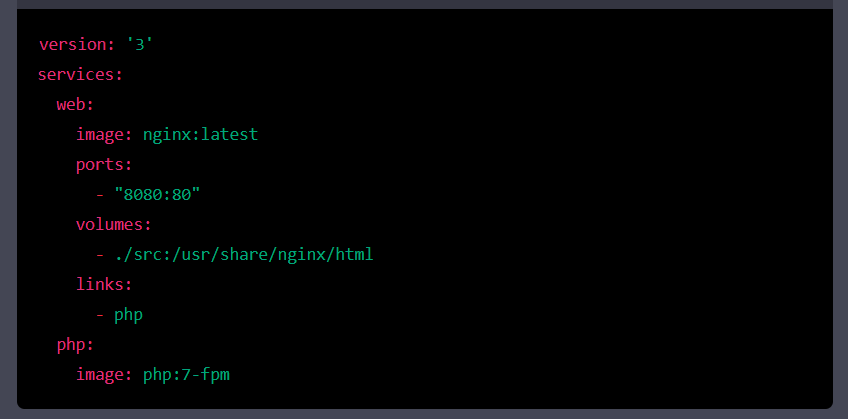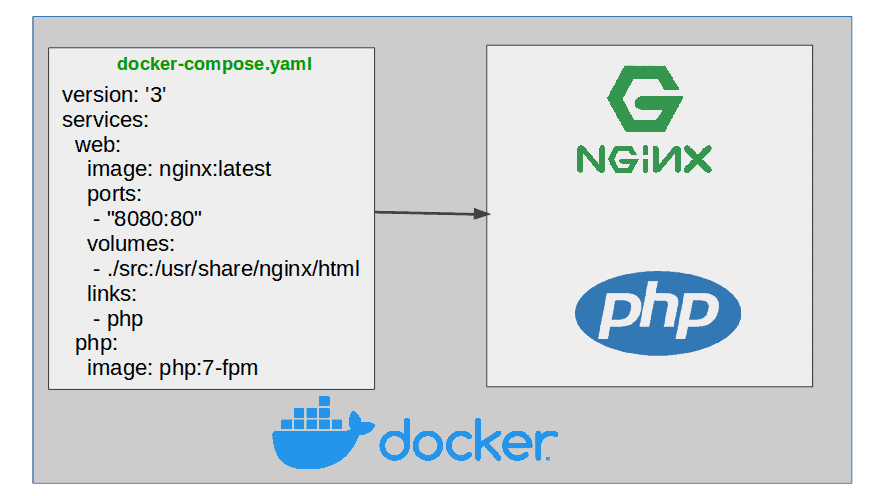So, what does YAML Stands for? What is the language format and syntax? YAML stands for “YAML Ain’t Markup Language” and is a human-readable data serialization format that’s used in a variety of tools and systems, from cloud infrastructure to application development. It’s a powerful and versatile format that can be used to represent everything from simple key-value pairs to complex, nested data structures. In this article, we’ll dive into the basics of YAML syntax, explore common use cases, and discover the many advantages of using YAML.
What is data serialization?
First, let’s define what we mean by “data serialization.” to understand what YAML is in a better way. At its core, data serialization is the process of converting data from one format to another, usually for the purpose of saving it to disk or transmitting it over a network. Common data formats include JSON, XML, and CSV, but these formats can be difficult for humans to read and write. YAML, on the other hand, is designed to be easy for humans to read and write, while still being easily parsed by machines. This makes it easy for developers to quickly understand and work with YAML files, even if they are new to the format.
YAML File format and Indentation

Is YAML Similar to Python?
The syntax of YAML is simple and straightforward. It uses indentation to indicate data structure, like Python. Comments in YAML are indicated by the pound sign (#), and data types such as strings, integers, and booleans are indicated by specific characters or formatting. For example, strings are enclosed in quotation marks, while integers and booleans are unquoted. Here’s an example of a simple YAML file:
# This is a comment
name: John Smith
age: 30
is_awesome: true
Why is YAML so Popular?
YAML is popular because it is used in a variety of use cases, including configuration management, cloud infrastructure, CI/CD pipelines, and application development. For example, many popular configuration management tools, such as Ansible and Salt, use YAML to define their configuration files. Cloud infrastructure tools like AWS CloudFormation and Google Cloud Deployment Manager also use YAML to define their templates. YAML is also widely used in CI/CD pipelines to define build and deployment steps.
One of the most well-known uses of YAML is in the configuration of Docker containers. The Docker Compose tool, which is used to define and run multi-container Docker applications, uses YAML files to specify the configuration of the containers, networks, and volumes that make up the application. This allows developers to easily define and manage complex containerized applications, without having to manually create and configure each container.
The syntax of YAML file using Docker Compose example

YAML is also used in a variety of other applications, such as in Kubernetes, an open-source container orchestration system, and in the configuration of CI/CD (continuous integration and delivery) pipelines. It’s also used in many other programming languages such as Python, Ruby, and Perl
The benefits of YAML
One of the biggest advantages of using YAML is its readability. Because YAML is designed to be easy for humans to read and write, it’s often used in situations where it’s important for people to be able to understand and modify the data. YAML is also easy to use, requiring little setup or configuration to get started. Additionally, YAML’s simple syntax and structure make it easy to parse and work with, even for complex data structures.
Another advantage of YAML is that there are many tools and libraries available for working with YAML data. Some popular libraries include PyYAML, SnakeYAML, and js-yaml. These libraries can be used to read and write YAML data, as well as to validate and convert data to other formats.
Conclusion
In conclusion, YAML is a powerful, flexible data serialization format that is widely used in many different applications, including Docker, Ansible, Kubernetes, and CI/CD pipelines. Its simplicity and readability make it easy for developers to work with, and its flexibility means that it can be used in a wide range of contexts. Whether you’re a beginner or an experienced developer, YAML is a valuable tool to have in your toolbox.

